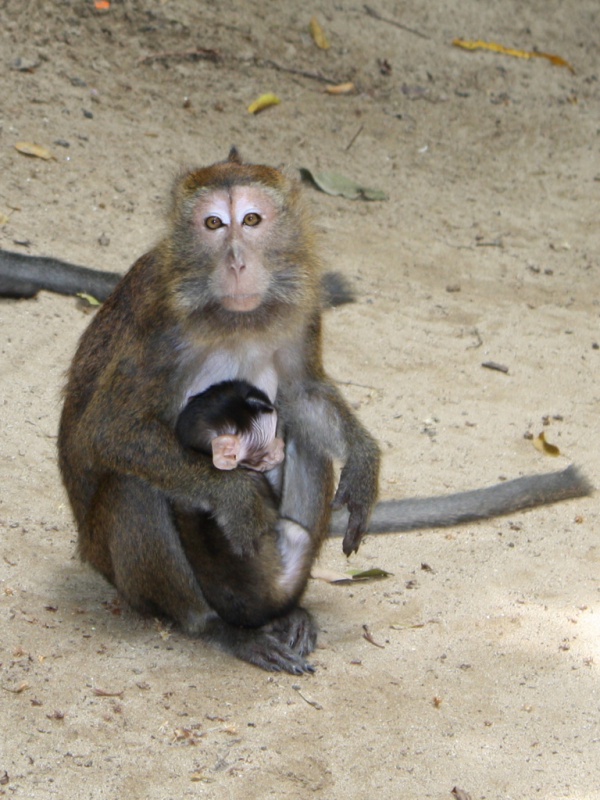Facts About Philippine long-tailed macaque
The Philippine long-tailed macaque, a subspecies of the crab-eating macaque, is native to the Philippines. Locally known as "matching" or "matsing" in various Philippine languages, these monkeys primarily inhabit the country's forests, especially mangrove areas in regions such as Palawan, the Visayas, and Mindanao.
Scientifically referred to as Macaca fascicularis philippinensis, these macaques possess a reddish-brown coat. They typically have a tail length ranging from 50 to 60 cm and stand about 40 to 50 cm tall. Males usually weigh between 4 and 8 kg, while females are lighter, weighing around 3 to 4 kg. To put their size in perspective, they are roughly comparable to a domestic cat.
These macaques can be observed on major Philippine islands, including Luzon, the Visayas, and Mindanao. Interestingly, their fossils have been discovered in Palawan, alongside remains of other animals such as deer, pigs, tigers, and various reptiles. Even more intriguing is the fact that these fossils were found alongside early human artifacts, including stone tools and evidence of fire use, suggesting interactions between humans and these animals in prehistoric times.
Moreover, molecular studies indicate that Palawan was once connected to Borneo during glacial periods, explaining some of the shared wildlife characteristics between these regions.
